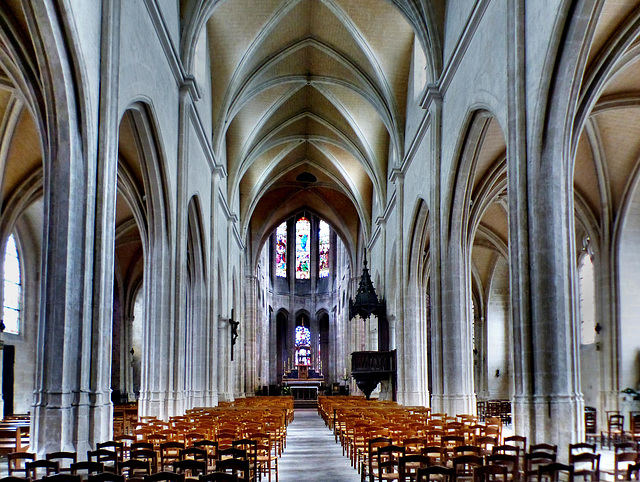Soissons - Saint-Gervais-et-Saint-Protais
Soissons - Saint-Gervais-et-Saint-Protais
Braine - Saint-Yved
Braine - Saint-Yved
Reims - Cathedral
Reims - Cathedral
Reims - Cathedral
Reims - Livres Anciens
Reims - Basilique Saint-Remi
Reims - Basilique Saint-Remi
Reims - Basilique Saint-Remi
Reims - Basilique Saint-Remi
Provins
Provins - Saint-Ayoul
Provins - Saint-Ayoul
Provins - Saint-Ayoul
Provins - Saint-Ayoul
Provins - Saint-Ayoul
Provins - Sainte-Croix
Provins - Hôtel-Dieu
Provins - Tour César
Provins - Saint-Quiriace
Provins - Saint-Quiriace
Compiègne - Saint-Antoine
Compiègne - Saint-Jacques
Compiègne - Saint-Jacques
Compiègne - Hôtel-de-Ville
Clermont-de-l'Oise - Salle Paul Lebrun
Clermont-de-l'Oise - Saint-Samson
Clermont-de-l'Oise - Hôtel-de-Ville
Agnetz - Saint-Léger
Agnetz - Saint-Léger
Agnetz - Saint-Léger
Chambly - Notre-Dame
Chambly - Notre-Dame
Chambly - Notre-Dame
Chambly - Notre-Dame
Saint-Leu-d’Esserent - Saint-Nicolas
Saint-Leu-d’Esserent - Saint-Nicolas
Saint-Leu-d’Esserent - Saint-Nicolas
Therdonne - Saint-Ouen
Therdonne - Saint-Ouen
Therdonne - Saint-Ouen
Therdonne - Saint-Ouen
Beauvais - Faada Freddy
Location
See also...
Keywords
Authorizations, license
-
Visible by: Everyone -
All rights reserved
-
347 visits
Compiègne - Saint-Antoine


The medieval history of Compiègne starts with a castle built by the Merovingian dynasty. Louis the Pious` son, Charles the Bald, renamed the town "Carolopolis". On the site of the olde Merovingian palace Charles founded the abbey "Notre-Dame de Carlopole" in 876. The abbey´s church was consecrated by Pope John VIII during a councial held here in 877. In 879 Louis the Stammerer, who had succeeded his father Charles, got buried here, as well as, 8 years later, Louis V, the last Carolingian monarch in West Francia. The abbey renamed "Abbaye Saint-Corneille" existed up to the French Revolution.
Connected to the abbey was the parish curch Saint-Antoine, founded in 1199. The church was erected in the first half of the 13th century, but, due to severe damage during the Hundred Years' War, the church had to rebuilt in the 16th century in a homogenious Gothic style.
When Pierre d’Ailly, author of "Imago Mundi", whose academic
career started here, preached in this church, when Jeanne d’Arc prayed here, the interior of the church was different.
Here the 16 members of the Carmel of Compiègne met to pray during the French Revolution. After their convent was surpressed, they had found shelter in a house neighbouring this church. They were arrested, taken to Paris, and sentenced to death. They were sent to the guillotine on 17 July 1794. Today they are known as the "Martyrs of Compiègne".
Connected to the abbey was the parish curch Saint-Antoine, founded in 1199. The church was erected in the first half of the 13th century, but, due to severe damage during the Hundred Years' War, the church had to rebuilt in the 16th century in a homogenious Gothic style.
When Pierre d’Ailly, author of "Imago Mundi", whose academic
career started here, preached in this church, when Jeanne d’Arc prayed here, the interior of the church was different.
Here the 16 members of the Carmel of Compiègne met to pray during the French Revolution. After their convent was surpressed, they had found shelter in a house neighbouring this church. They were arrested, taken to Paris, and sentenced to death. They were sent to the guillotine on 17 July 1794. Today they are known as the "Martyrs of Compiègne".
(deleted account) has particularly liked this photo
- Keyboard shortcuts:
Jump to top
RSS feed- Latest comments - Subscribe to the comment feeds of this photo
- ipernity © 2007-2024
- Help & Contact
|
Club news
|
About ipernity
|
History |
ipernity Club & Prices |
Guide of good conduct
Donate | Group guidelines | Privacy policy | Terms of use | Statutes | In memoria -
Facebook
Twitter

Sign-in to write a comment.